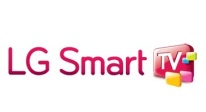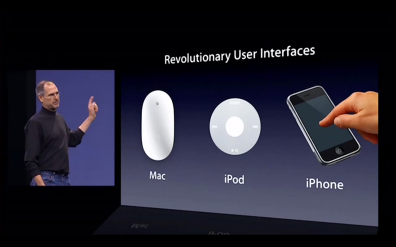The dumbed-down version:
Just as phones became ‘smart’ with PC capabilities…
…the “idiot box” is also becoming ‘smart’ through PC capabilities.
The ‘smarter’ version:
Smart TV refers to: 1) the shift from the TV being at the center of control to the user being the new center. Instead of watching what was on, when it was on, you watch what you want, when you want. TV now revolves around you!; 2) Going from one-way to two-way communications platform: consumers can now, not only consume, but also interact with and create content (i.e. through social networking or developing apps); 3) Seamless convergence of TV (entertainment) content and Internet (online) content; 4) Platform service where third party developers and end users create the ecosystem; just like what we saw through the mobile App Stores; 5) the gateway into home-networking/automation; 6) N-screen solution (‘N-screen‘ explained in ‘Y?Q&A‘).
Interestingly, the current ‘smart’ TV market is strikingly similar to the ‘smart’ phone market before the iPhones came out:
“Smartphones are a littler smarter, but they actually are harder to use. They’re really complicated just for the basic stuff; people have a hard time figuring out how to use them.” – Steve Jobs
Well, smart TVs are a little smarter, but they actually are harder to use. They’re really complicated just for the basic stuff; people have a hard time figuring out how to use them.
Another comparison:
I believe that the mouse is what made computers “personal”. The mouse allowed anyone to use a computer through simple single-click, double-click, and drag-and-drop commands!
I believe that touch technology is what made phones “smart”. Before the iPhone, previous so-called ‘smart’ phones had fixed, plastic, qwerty keyboards that ultimately stifled the innovation of applications: if you had a great idea down the road, you couldn’t’ just add a plastic button, let alone change one.
Just as Steve Jobs stated (shown below): “Each of these revolutionary user interfaces… has made possible a revolutionary product.”
The current input devices out in the market have been a major failure in regards to consumer experience/satisfaction: Google has two mini-controllers, one from Logitech and one from SONY as well as an extended-keyboard, Samsung has a touch remote and a QWERTY keyboard remote, LG has multiple motion controllers, Microsoft has motion and voice technology… all different UIs with separate functionalities that make each one unique, BUT… each unique feature brings with it unique and fatal limitations – fatal limitations that limit these devices to ‘junk’ products.
It doesn’t take too much analyzing to figure out that Smart TV does not have a controller to control the wide range of contents/services/applications it aims to provide. If we look at smart phones, we can clearly see touch technology satisfies both the needs of consumers and developers. It just works. So naturally, most smart phones utilize ‘touch’ because it’s simply the best input method out there for that industry.
Therefore, the problem that all these front-runners of Smart TV are struggling to answer revolves around the mystery input device that will, not only manage, but will also allow for the full potential of the ‘smarts’ on their TVs.










